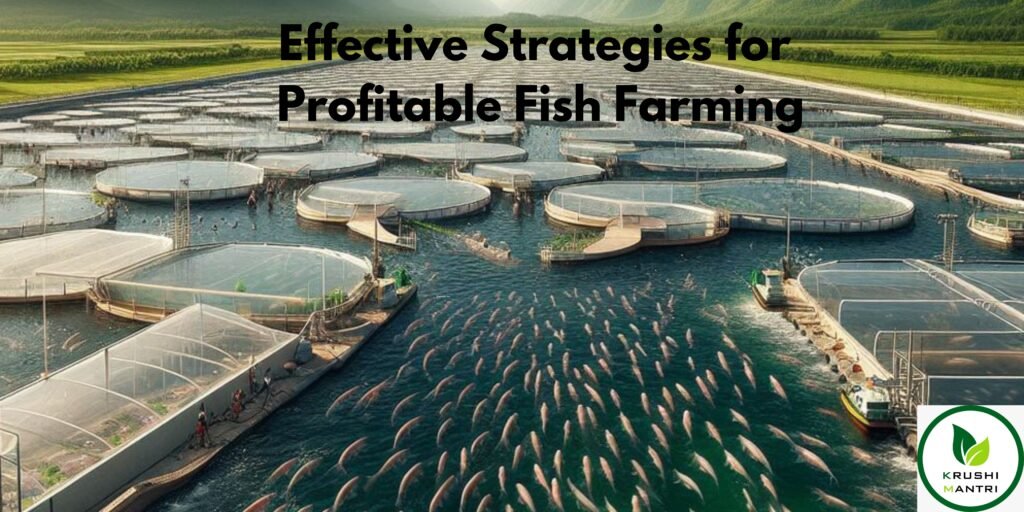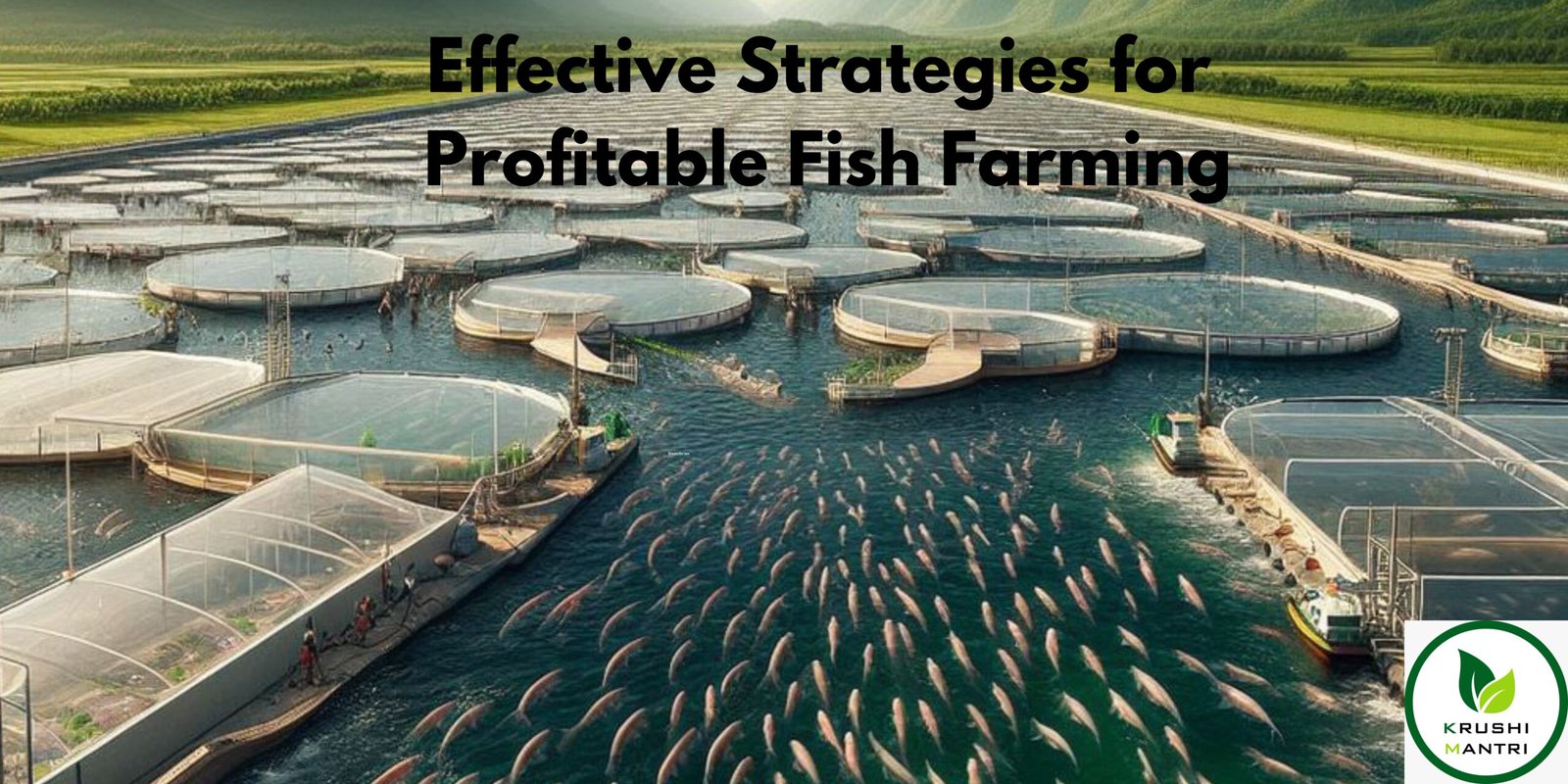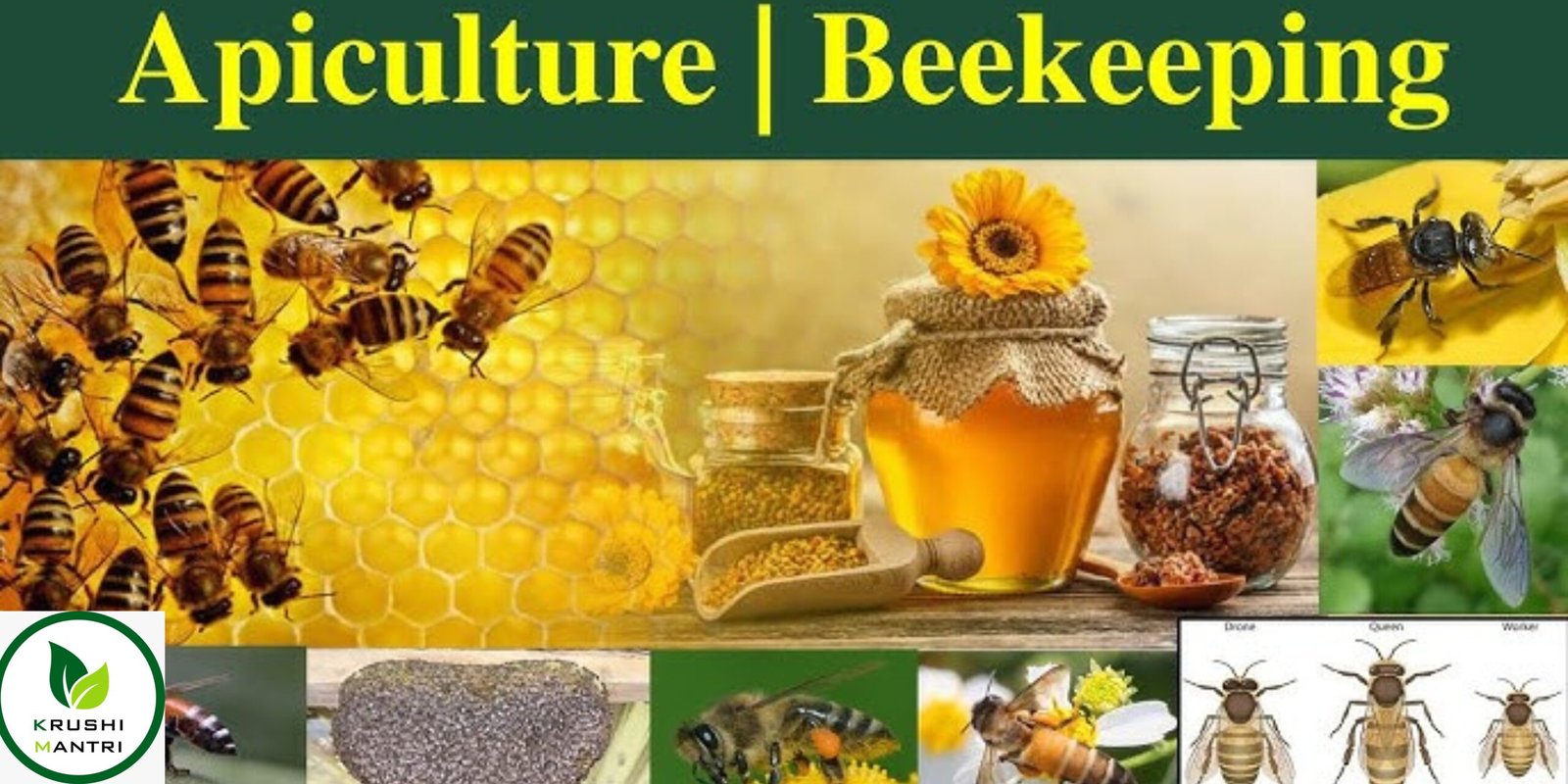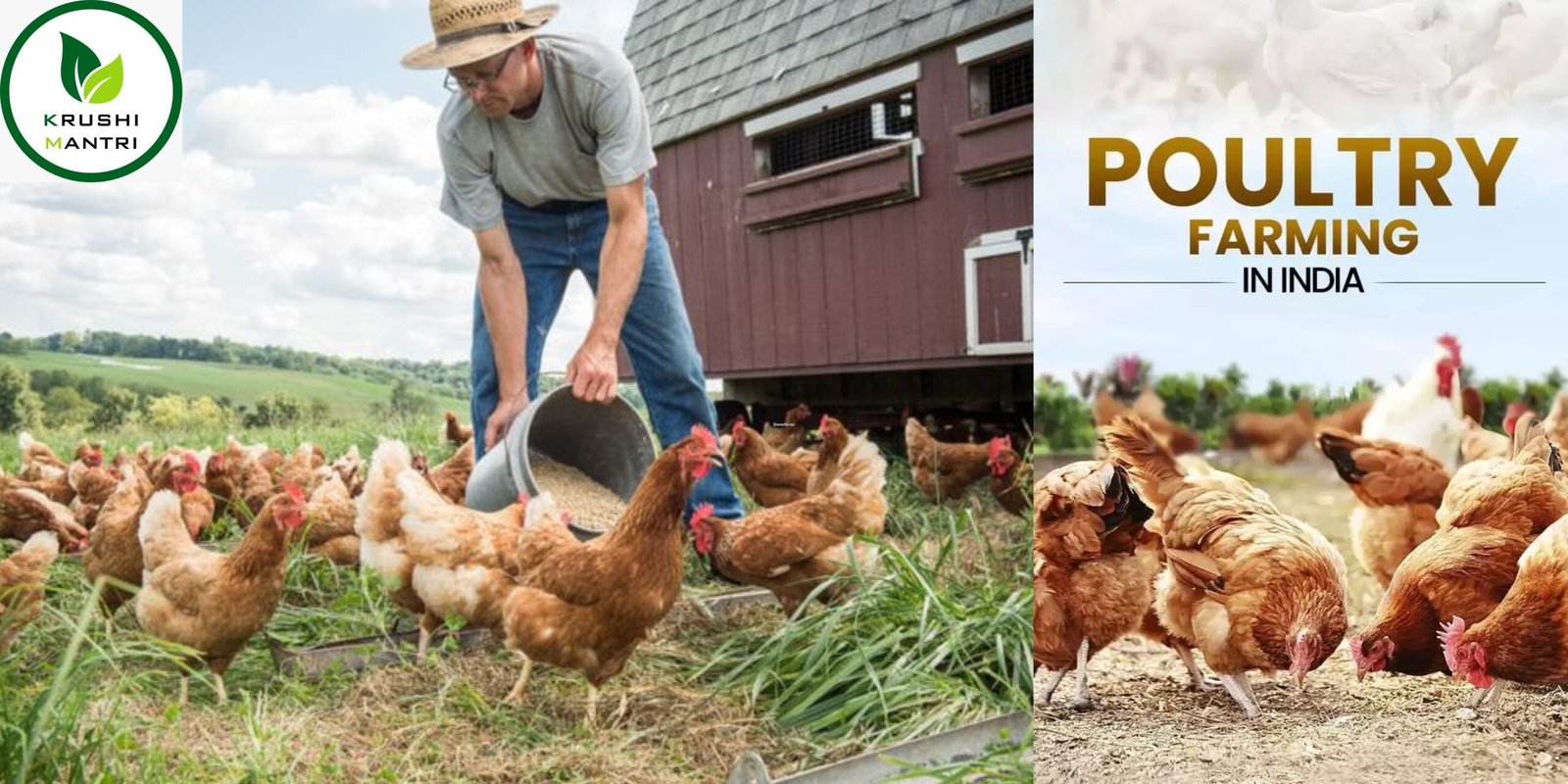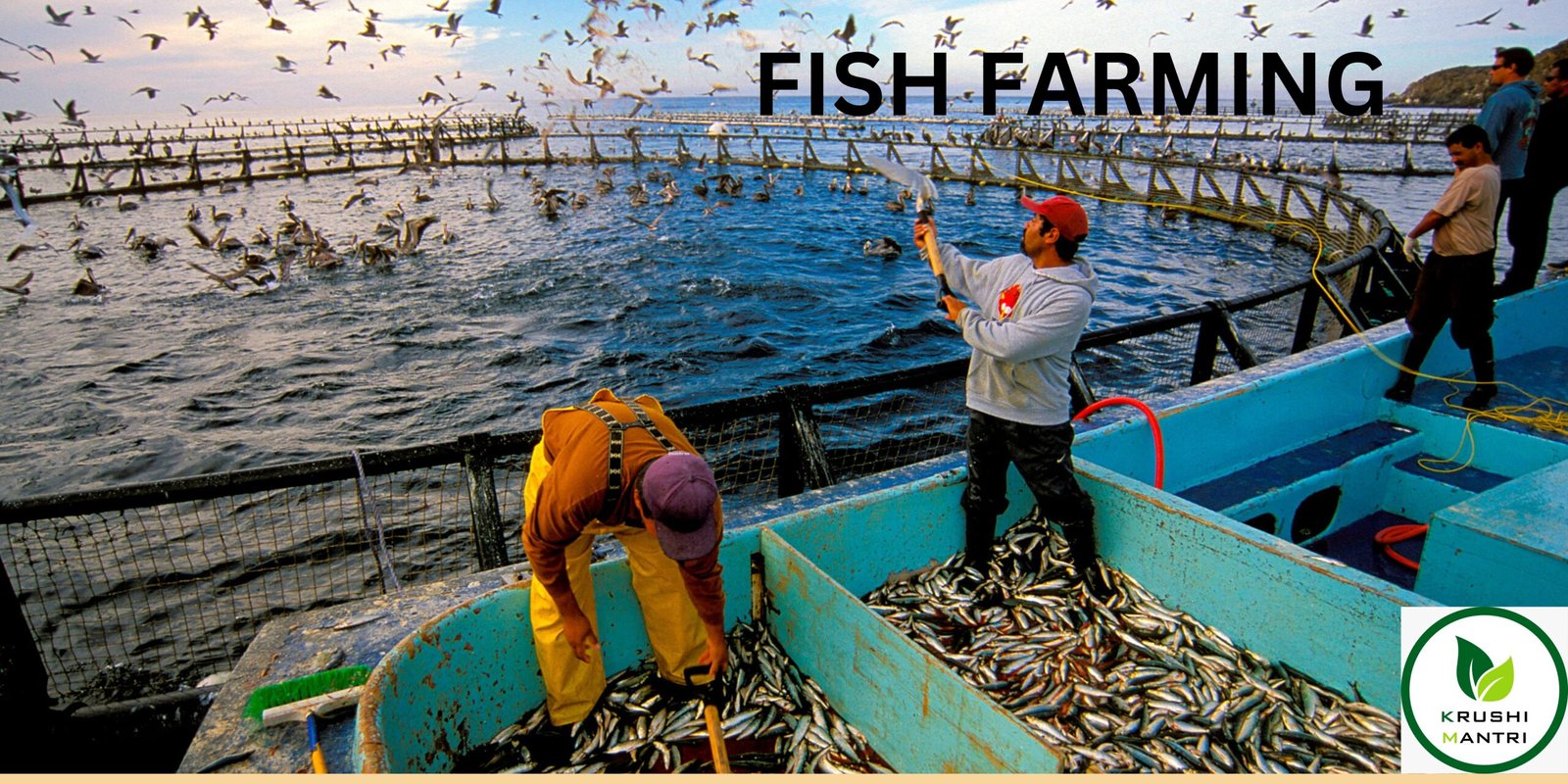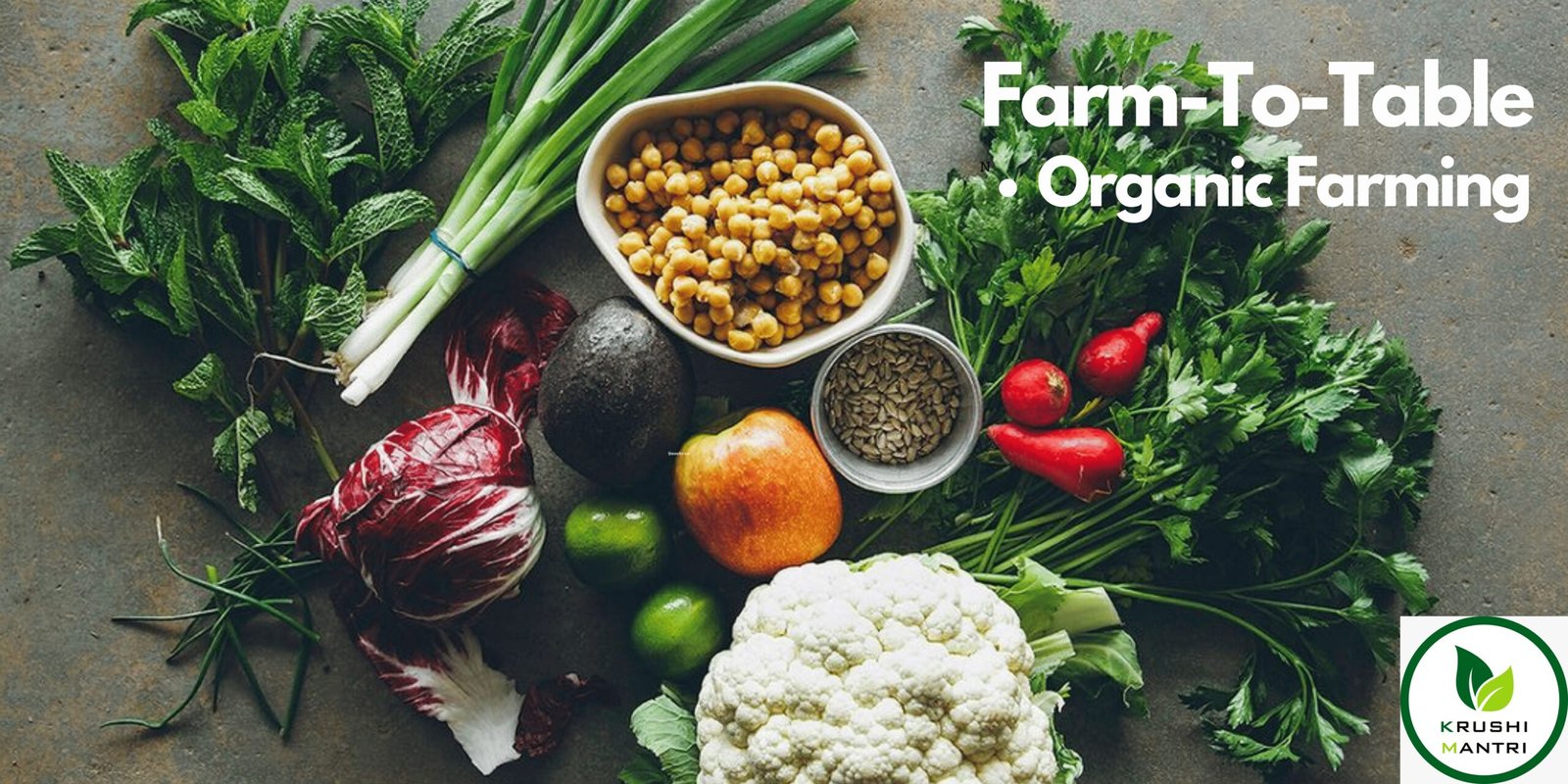Rohu fish, salmon fish, and several other varieties play a vital role in profitable fish farming in India. After gaining a foundational understanding of fish farming in Part 1, it’s time to focus on these key species and the next crucial steps to ensure success. In this part, we will explore fish types like Rohu, a staple in Indian freshwater aquaculture, and Salmon, a premium option often considered for advanced farming methods. We’ll dive into their care requirements, including feeding, breeding, and maintaining optimal water quality, which are essential for their growth and productivity.
Additionally, we’ll discuss strategies to optimize fish farming practices based on regional conditions in India, such as varying climates, water resources, and market demands. With fish farming significantly contributing to rural livelihoods and food security in India, this section will also provide region-specific guidance to help farmers maximize yields and profits. Whether farming in freshwater, brackish water, or coastal areas, this guide offers actionable insights for sustainable and successful fish farming operations.
Types of Fish for Farming
Fish farming involves selecting the right species based on growth potential, market demand, and adaptability to the local environment. Below is an elaboration on some of the most popular types of fish for farming in India and beyond, along with their growth requirements and profit potential.
- Indian Major Carps
- Examples: Rohu, Catla, and Mrigal
- Why Choose Them?
- Indian major carps are a staple in Indian cuisine and hold significant cultural and economic value. They are in high demand in local markets due to their taste, affordability, and nutritional value.
- Growth Requirements:
- Thrive in freshwater ponds, rivers, and reservoirs.
- Prefer water temperatures ranging from 25°C to 32°C, which makes them ideal for India’s tropical climate.
- Feed primarily on natural plankton, supplemented with formulated feed.
- Profit Potential:
- With a growth cycle of 8–12 months, Indian major carps offer considerable returns, particularly in rural and semi-urban areas where demand is consistently high. They require minimal maintenance, making them a favorite choice for small-scale farmers.
- Tilapia
- Why It’s Popular?
- Known as the “aquatic chicken” due to its fast growth and resilience, Tilapia is a versatile species that adapts to a wide range of environments. Its mild flavor and nutritional value make it popular among health-conscious consumers.
- Growth Requirements:
- Thrives in slightly saline to freshwater conditions.
- Requires water temperatures between 20°C and 30°C for optimal growth.
- Can be raised in diverse systems such as ponds, tanks, or biofloc systems, making it accessible for small and large-scale farmers alike.
- Profit Potential:
- Tilapia farming has a shorter harvest cycle of 6–8 months, ensuring quick returns. With strong demand in both domestic and international markets, it is an excellent choice for farmers looking to diversify their portfolios.
- Why It’s Popular?
- Catfish
- Examples: Pangasius, Clarias, and Channel Catfish
- Why Choose Them?
- Catfish are hardy, easy to maintain, and have a high survival rate. Their robust nature and minimal care requirements make them an attractive option for farmers.
- Growth Requirements:
- Prefer environments with muddy bottoms and warm water temperatures between 22°C and 28°C.
- Feed includes commercial pellets, natural algae, and organic matter.
- Profit Potential:
- Catfish farming is highly profitable due to its low input costs and high yield. These fish are popular in local cuisines and also have export demand, making them a cost-effective choice for farmers.
- Salmon
- Why It’s Valuable?
- Salmon is a premium fish species with a strong demand in international markets. It is considered a delicacy, and its nutritional benefits, including high omega-3 fatty acids, make it a sought-after product.
- Growth Requirements:
- Requires cold water temperatures between 10°C and 15°C, making it best suited for cage culture in coastal regions or high-altitude areas.
- Needs high-quality protein-rich feed for optimal growth and health.
- Profit Potential:
- Although salmon farming involves high initial investment and precise care, the market value and export opportunities make it highly lucrative. It is particularly advantageous for coastal and export-oriented businesses.
- Why It’s Valuable?
- Shrimp and Prawns
- Why Choose Them?
- Shrimp and prawns offer high-profit margins and are in strong demand for export, especially in countries like the USA, Japan, and European nations. They are prized for their taste, versatility, and quick growth.
- Growth Requirements:
- Thrive in brackish water or marine environments with well-managed water quality.
- Require aeration and precise monitoring of water parameters such as salinity and pH.
- Profit Potential:
- Though the initial investment in shrimp and prawn farming is high, the returns are equally rewarding. Coastal regions with export facilities have a distinct advantage, as these species are in consistent demand globally.
- Why Choose Them?
Caring for Fish in Farms
Proper management is the cornerstone of successful fish farming. It involves maintaining water quality, ensuring proper feeding, preventing diseases, and regular monitoring. Below is a detailed guide to each of these critical aspects.
1. Water Quality Management
Water quality is crucial for fish health and growth. Poor water conditions can lead to stress, disease, and reduced productivity.
Key Practices:
- Maintain Optimal pH: Ensure the water pH stays between 6.5 and 8.5. This range supports healthy enzymatic and metabolic activities in fish. Sudden pH fluctuations can stress the fish and increase vulnerability to diseases.
- Ensure Adequate Dissolved Oxygen (DO): Maintain DO levels above 5 ppm (parts per million). Low oxygen levels can cause fish to become lethargic or even die. Use aerators, especially during warmer months or in high-density systems, to enhance oxygen levels.
- Control Temperature: Avoid sudden temperature changes, as they can stress fish, slow growth, and increase mortality rates. Monitor water temperature regularly and maintain conditions suitable for the species being farmed.
- Use Aeration Systems: Install aerators to prevent oxygen depletion and maintain water circulation. This is especially important in intensive systems where stocking density is high.
2. Feed Management
Proper feeding ensures optimal growth and minimizes waste, reducing the risk of water pollution.
Key Practices:
- Choose High-Quality Feed: Use species-specific, high-protein feed tailored to the fish’s growth stage. This helps ensure proper nutrition and efficient feed conversion rates.
- Establish Feeding Schedules: Feed fish 2–3 times a day, ensuring the feed quantity matches the fish’s consumption capacity. Overfeeding not only wastes resources but also leads to water pollution and increases the risk of disease.
- Monitor Feeding Behavior: Observe the fish during feeding to identify any unusual behavior, which could indicate stress, illness, or environmental issues.
3. Disease Prevention
Disease outbreaks can devastate fish farms, leading to significant financial losses. Prevention is always more effective and economical than treatment.
Key Practices:
- Observe Fish Behavior: Regularly monitor for signs of illness, such as erratic swimming, loss of appetite, or discoloration. Early detection can help contain potential outbreaks.
- Implement Biosecurity Measures:
- Disinfect all equipment before use.
- Quarantine new stock before introducing them to the main tank or pond to prevent the introduction of pathogens.
- Use Probiotics and Antibiotics: Use probiotics to maintain gut health and improve disease resistance. Antibiotics should only be used when absolutely necessary and under veterinary guidance to prevent antibiotic resistance.
4. Regular Monitoring
Frequent and thorough monitoring helps maintain optimal conditions and prevents small issues from escalating into major problems.
Key Practices:
- Test Water Parameters Weekly: Check pH, DO, ammonia, nitrite, and nitrate levels regularly. Keep a record to identify trends or anomalies.
- Inspect Stock Daily: Remove sick or dead fish immediately to prevent disease spread and monitor the overall health of the population.
- Maintain Records: Keep detailed logs of water quality, feeding, stocking densities, and any treatments administered. These records help in identifying patterns and making informed decisions.
Area-Specific Fish Farming Tips in India
The success of fish farming largely depends on selecting the right species and farming systems based on the geographical and environmental conditions of the area. Below is a detailed guide to the best practices for fish farming in coastal, inland, dry, and hilly regions.
- Coastal Areas:
- Coastal regions are ideal for farming brackish and marine species due to their proximity to estuaries and the sea.
- Recommended Species: Shrimp, Seabass, Pomfret.
- Farming Practices:
- Cage Farming:
- Suitable for farming near estuaries and coastal waters.
- Involves the use of floating cages that allow water to circulate freely, maintaining natural water quality.
- Ideal for high-value species like seabass and pomfret.
- Pond Systems:
- Constructed near estuaries where brackish water is available.
- Used for shrimp farming, which requires precise water quality management.
- Incorporate aeration systems to maintain oxygen levels.
- Cage Farming:
- Key Benefits:
- Access to abundant natural resources like seawater and estuarine ecosystems.
- High export potential for marine and brackish species.
- Inland Areas:
- Inland regions with freshwater resources are best suited for farming species that thrive in ponds and tanks.
- Recommended Species: Indian major carps (Rohu, Catla, Mrigal), Tilapia, Catfish (Pangasius, Clarias)
- Farming Practices:
- Pond-Based Systems:
- Traditional earthen ponds or lined ponds are used for species like carps.
- Regular maintenance of water quality and stocking density ensures high yields.
- Biofloc Systems:
- A sustainable farming method that recycles waste into food for fish.
- Ideal for tilapia and catfish, which are adaptable to high-density farming.
- Pond-Based Systems:
- Key Benefits:
- Availability of freshwater resources.
- Suitable for small-scale and large-scale operations.
- Dry Regions:
- Dry and arid regions face water scarcity, making it crucial to adopt water-efficient farming practices.
- Recommended Species: Tilapia, Catfish
- Farming Practices:
- Biofloc Systems:
- A highly efficient system that uses minimal water and space.
- Involves creating a microbial environment to convert organic waste into fish feed.
- Tank-Based Farming:
- Closed systems that allow better control over water usage and quality.
- Biofloc Systems:
- Key Benefits:
- Minimal water requirements make these systems ideal for water-scarce regions.
- Species like tilapia and catfish are hardy and adapt well to varying conditions.
- Hilly Regions:
- Hilly areas with cool climates and clean, fast-flowing streams are ideal for cold-water fish farming.
- Recommended Species: Trout (Rainbow Trout, Brown Trout)
- Farming Practices:
- Raceways:
- Long, narrow channels with a continuous flow of fresh water.
- Provide optimal conditions for trout growth and ensure waste removal.
- Flow-Through Systems:
- Use natural water sources like streams and rivers.
- Maintain constant water circulation to supply oxygen and remove waste.
- Raceways:
- Key Benefits:
- Access to natural cold and clear water, which is essential for trout farming.
- High-value species like trout are in demand for their taste and nutritional benefits.
Biofloc Fish Farming
Biofloc farming is a sustainable and cost-effective method that uses beneficial microbes to recycle waste into nutrients. Here’s how to get started:
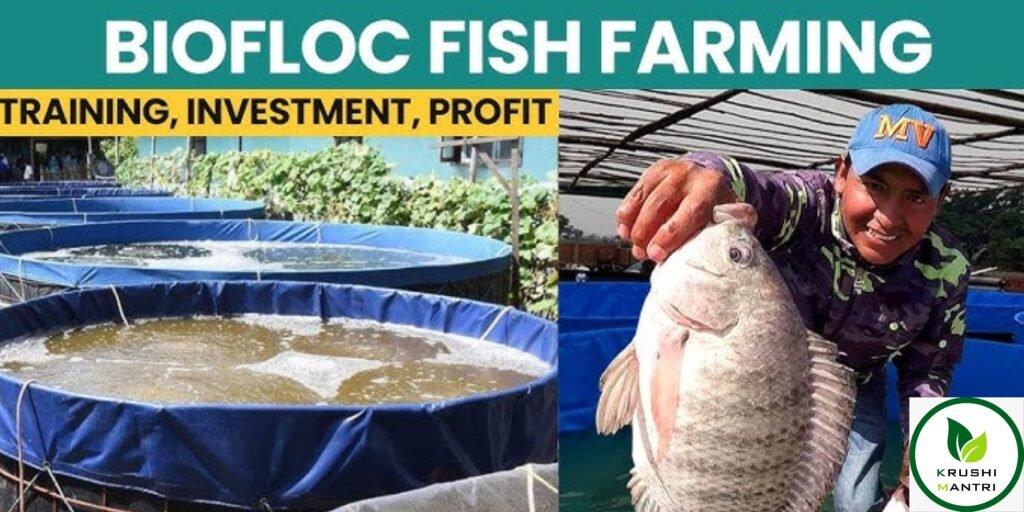
- Set Up a Biofloc System:
- Install tanks with proper aeration.
- Introduce carbon sources (like molasses) to promote microbial growth.
- Maintain a C:N (carbon-to-nitrogen) ratio of 10:1 for optimal biofloc formation.
- Benefits:
- Reduces water usage by reusing it.
- Cuts feed costs by utilizing microbes as a natural protein source.
- Promotes faster growth rates and higher yields.
- Ideal Species:
- Tilapia, rohu, catfish, shrimp, and carps adapt well to biofloc systems.
Profitability in Fish Farming
- Return on Investment (ROI): A well-managed fish farm can yield an ROI of 20–40% annually.
- Factors Affecting Profit:
- Species choice.
- Scale of operation.
- Efficiency in feed and water management.
- Government Schemes: Programs like Pradhan Mantri Matsya Sampada Yojana (PMMSY) in India provide subsidies and financial assistance.
FAQs
1. What is the easiest fish to farm for beginners?
Tilapia is the best choice due to its fast growth, hardiness, and low maintenance requirements.
2. How much can I earn from fish farming?
Profits depend on the species and scale, but small-scale farmers can earn ₹2–₹5 lakh annually, while large-scale farms generate significantly higher returns.
3. What is the ideal pond size for fish farming?
A 1-acre pond is suitable for small-scale farming, accommodating around 3,000–5,000 fish depending on the species.
4. How do I prevent diseases in fish farming?
Maintain water quality, provide a balanced diet, and use biosecurity measures to reduce disease risks.
5. Is biofloc farming suitable for all regions?
Yes, biofloc is adaptable and can be used in areas with limited water resources or space constraints.
Conclusion
Fish farming is more than just a lucrative business opportunity; it’s a sustainable and innovative solution to meet the growing global demand for seafood. As natural fish stocks face increasing pressure due to overfishing, aquaculture offers a responsible and efficient way to provide high-quality protein to a rapidly expanding population.
One of the most popular and profitable species for farming in India is Rohu fish. As a key component of Indian major carps, Rohu is prized for its taste, nutritional value, and adaptability to freshwater systems. Its high demand in both local and regional markets makes it an excellent choice for farmers looking to enter or expand in the aquaculture sector. With proper care, including maintaining optimal water quality and feeding practices, Rohu can yield significant profits within its 8–12 month growth cycle.
Beyond Rohu, farmers can diversify by cultivating other species like Tilapia, Catfish, and even premium varieties like Salmon and Trout, depending on local environmental conditions. Employing advanced techniques such as biofloc systems can revolutionize fish farming, especially in areas with limited water resources. Biofloc technology not only recycles waste into feed but also minimizes environmental impact, making it a sustainable option for modern aquaculture.
Whether you’re a beginner exploring aquaculture or an experienced farmer looking to optimize your operations, understanding these critical details is key to long-term success. Fish farming not only promises substantial financial returns but also plays a vital role in enhancing food security and supporting sustainable practices. Start your journey today with species like Rohu fish, and be a part of the future of aquaculture a future where innovation meets responsibility.
- How to Correct Your Farmer ID Online: A Step-by-Step Guide for Indian Farmers

- Unlocking the Potential of Sugarcane Production in Maharashtra: Expert Tips for Farming, Harvesting, and Marketing

- Apiculture- 6Essential Steps to Build a Thriving Honey Bee Farm
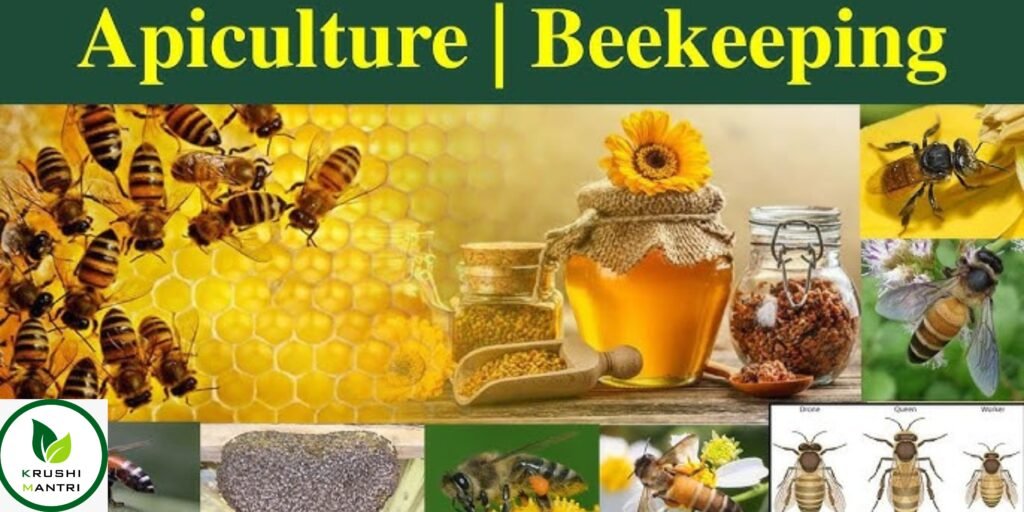
- Comprehensive Guide to Starting a Poultry Farm Business: Egg Production, Sheds, and Poultry Farm Insurance Coverage
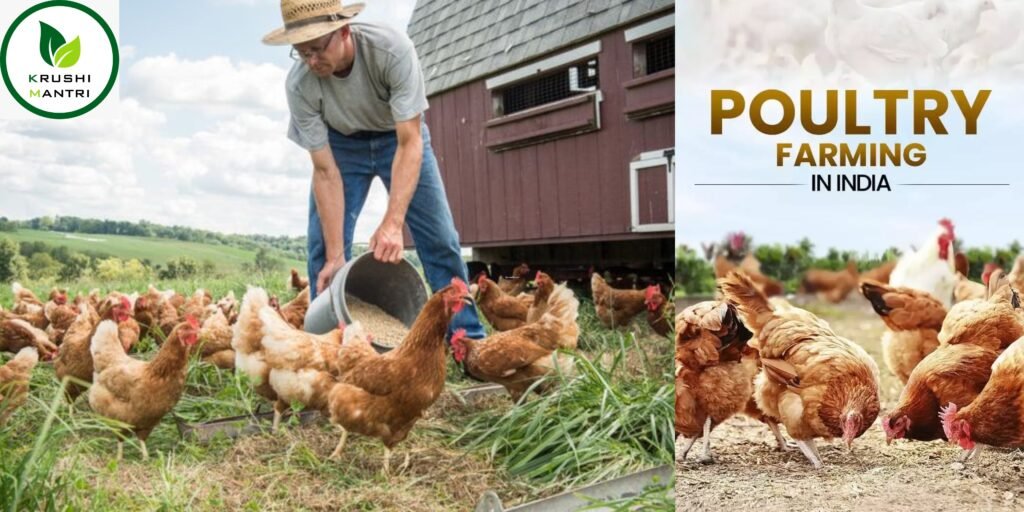
- A Complete Guide to Sandalwood Tree Farming: Red and White Sandalwood

- Rohu, Salmon Fish Farming: 4 Effective Strategies for (Types, Care, and Area-Specific Guidance)
